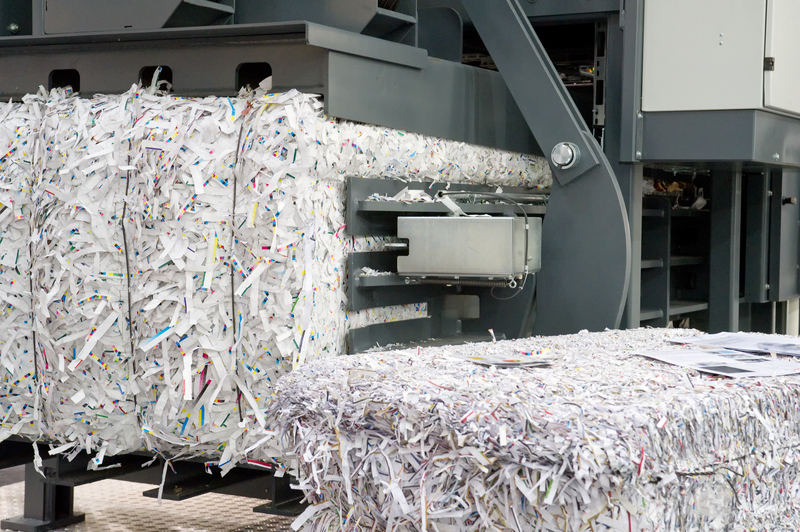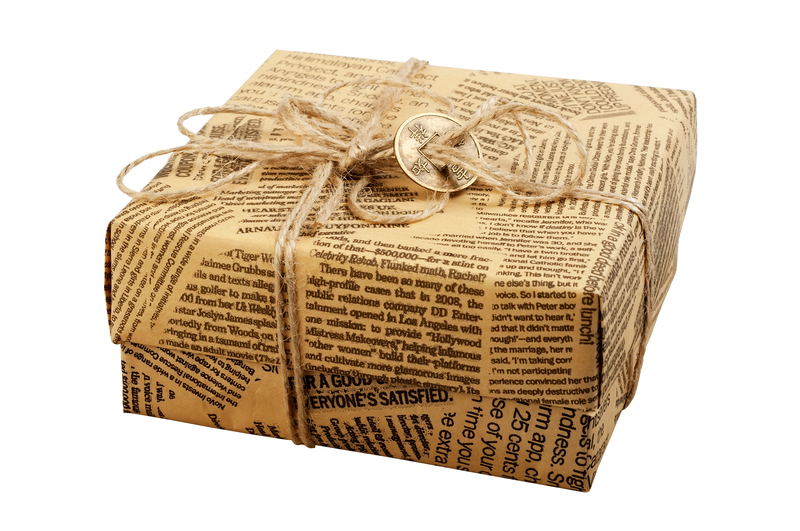Navigating Waste: Age-Old Practices and Modern Discoveries
Waste management has been a pressing challenge throughout history, from ancient civilizations to our current era of rapid technological advancement. As our consumption habits have evolved, so too have our strategies for handling the by-products of everyday life. This comprehensive guide explores how societies have navigated waste, examining time-honored practices while spotlighting groundbreaking innovations poised to transform our approach to sustainability.
Understanding the Importance of Waste Navigation
In a world marked by population growth and urbanization, the issue of waste management has reached unprecedented levels of urgency. Navigating waste entails more than simply collecting garbage; it requires a nuanced understanding of ecological impact, public health, and social responsibility.
- Environmental sustainability: How we deal with waste affects our air, water, and soil quality.
- Resource conservation: Recovering value from discarded materials preserves precious resources.
- Public health: Effective waste navigation safeguards communities against disease and pollution.
Our journey through history reveals a spectrum of approaches to this complex problem, with each era offering distinctive lessons.

Ancient Approaches: Early Systems for Waste Management
The Foundations of Organized Waste Collection
From the dawn of civilization, people recognized the necessity of dealing with refuse. Archaeological evidence shows that waste navigation was pivotal to the success and longevity of great societies:
- Mesopotamia: Early city-states constructed rudimentary drains to whisk away wastewater, minimizing urban squalor and supporting public health.
- Ancient Egypt: Hieroglyphs and artifacts highlight communal efforts in removing trash from residential areas, helping to maintain order and hygiene.
- Indus Valley Civilization: This ancient society featured one of the earliest sewage and drainage systems, with covered drains in cities like Mohenjo-daro.
- Rome's Cloaca Maxima: The Romans engineered large-scale sewers like the Cloaca Maxima to channel both stormwater and waste away from the city, underscoring the enduring connection between infrastructure and public health.
Early waste management systems were often community-driven, emphasizing regular collection and disposal in designated areas beyond city limits. Although unsophisticated by today's standards, these practices established the core principles of waste segregation and removal.
Navigating Waste Through Reuse and Upcycling
Resource scarcity in ancient times fostered a culture of thrifty reuse:
- Broken pottery and metals were routinely melted down or repurposed.
- Organic waste, such as food scraps, often fed livestock or nourished communal gardens.
- Textiles and clothing were mended or crafted into new items.
This ethos of reuse reminds us that solutions to modern waste challenges may be rooted in age-old resourcefulness. The practice of upcycling--transforming waste into something of higher value--finds its origins here.
Navigating Waste in the Medieval and Pre-Industrial Age
From Centers of Commerce to Centers of Filth
Medieval cities grappled with mounting waste as populations soared. The lack of centralized waste disposal resulted in cluttered streets and outbreaks of disease such as the Black Death.
Notable developments during this era included:
- Guilds and municipalities enacting ordinances to regulate refuse removal.
- Individuals tasked with clearing waste, often removing it to "middens" on city outskirts.
While primitive, these frameworks laid the groundwork for the professionalization of waste management and the understanding that collective action--and regulation--are essential for healthy urban life.
The Advent of Landfills and Waste Burial
With urban expansion, societies transitioned from open dumping to more deliberate forms of waste burial. The creation of designated landfills both protected communities from unsightly refuse and addressed pressing public health concerns.
Industrial Revolution: The Birth of Modern Waste Navigation
Industrialization and the Explosion of Consumer Waste
The Industrial Revolution brought newfound prosperity--and unprecedented waste:
- Factory production and urbanization spiked the amount and variety of waste generated.
- Hazardous by-products from manufacturing processes polluted waterways and soil.
It was during this period that navigating waste became a matter of municipal planning and civic responsibility, with cities deploying horse-drawn wagons, barges, and eventually, motor vehicles for regular waste collection.
Public Health Campaigns and Waste Incineration
The connection between inadequate waste disposal and disease became undeniable. Thus began:
- Widespread adoption of sanitation campaigns.
- The emergence of waste incinerators to reduce landfill dependency and eliminate hazardous materials.
While incineration reduced volume, it also raised concerns about air pollution and the need for cleaner solutions.
Modern Waste Navigation: Advances and Innovations
Sophisticated Strategies for Sustainable Waste Management
Today, the concept of navigating waste encompasses an intricate web of collection, sorting, recycling, and disposal techniques. The primary objectives are resource conservation, environmental protection, and community well-being.
- Municipal Solid Waste (MSW) Systems: Efficient curbside collection, sorting at material recovery facilities, and integration of public education programs.
- Waste-to-Energy (WTE) Technologies: Cutting-edge incinerators that capture heat from burning waste to generate electricity, with emissions controls to minimize pollution.
- Circular Economy Initiatives: Redesigning products for longevity, ease of repair, and material recovery.
- Composting Programs: Diverting organic waste from landfills to create nutrient-rich soil, closing the food-waste loop.
- Zero Waste Movements: Communities and cities striving for aggressive reductions in landfill-bound refuse by promoting product reuse, recycling, and mindful consumption.
Technological Breakthroughs Shaping the Future of Waste Navigation
In the digital age, navigating waste is increasingly data-driven and automated. Innovations reshaping waste management include:
- Smart Waste Bins: IoT-enabled bins that signal collection trucks when full, optimizing routes and reducing operational costs.
- Robotics and AI Sorting: Automated robots use machine vision to identify and separate recyclables from mixed streams, improving recovery rates and purity.
- Biotechnologies: Engineered microbes and enzymes break down plastics and hazardous waste, promising breakthroughs in landfill diversion.
- Material Tracking and Blockchain: Transparent supply chains allow for better tracking of materials from production through disposal, ensuring accountability and compliance with sustainability targets.
Modern waste navigation employs multidisciplinary expertise, merging environmental science, engineering, and behavioral psychology to induce positive change.
Navigating Waste: Lessons from Cultural Perspectives
Community-Driven Waste Practices
Cultures across the globe have developed unique traditions in dealing with waste. The Japanese concept of "Mottainai"--regret concerning wastefulness--champions minimalism and reverence for resources. Scandinavian nations emphasize extended producer responsibility and infrastructure tailored to encourage recycling.
Empowering communities through public education and participatory waste management yields higher rates of recycling, reduces litter, and fosters a sense of collective stewardship.
The Role of Policy and Regulation
Governments play a critical role in navigating waste through legislation. Bans on single-use plastics, container deposit schemes, and incentives for eco-friendly packaging are shaping consumer behavior and industrial design.
- European Union: Ambitious waste reduction targets and mandatory recycling quotas are driving innovation.
- Developing Nations: Grassroots movements and partnerships with NGOs are bridging gaps in infrastructure and awareness.
Policy frameworks ensure that waste navigation is equitable, resilient, and aligned with broader environmental goals.
Challenges and Opportunities in Modern Waste Navigation
Pervasive Challenges
The quest for sustainable waste solutions faces persistent roadblocks:
- Mounting E-waste: Rapid electronics turnover generates toxic waste that is difficult to recycle or dispose of safely.
- Plastic Pollution: Single-use plastics litter landscapes and oceans, threatening wildlife and food safety.
- Limited Recycling Markets: Fluctuations in global recycling demand impact incentive structures for sorting and processing waste.
- Socioeconomic Disparities: Low-income communities often suffer disproportionate exposure to waste and pollution.
Embracing Opportunity Through Innovation
Every challenge represents an invitation to innovate:
- Eco-Design: Designing products for end-of-life reuse or harmless decomposition.
- Urban Mining: Extracting precious and rare materials from old electronics and infrastructure.
- Reverse Logistics: Expanding take-back programs where retailers or manufacturers recover products for recycling or refurbishment.
- Behavioral Change: Leveraging nudges and incentives to encourage waste sorting, composting, and reduction among consumers.
The Circular Economy: The New Frontier in Navigating Waste
Perhaps the most transformative concept in modern waste navigation is the circular economy. Unlike the linear "take-make-dispose" model, the circular approach views all waste as a potential resource. Key tenets include:
- Design for durability and reuse
- Re-manufacturing and upcycling
- Industrial symbiosis - where waste from one process becomes feedstock for another
- Sharing and repair economies
This model, rooted in ancient wisdom but powered by modern technology, may hold the answer to the global waste crisis.
What Can Individuals Do? Navigating Waste at Home and in Daily Life
While technology and policy are vital, every individual has a role to play in sustainable waste navigation. Here's how you can make a difference:
- Practice mindful consumption: Buy only what you need to reduce unnecessary waste.
- Sort and recycle: Separate recyclables, organics, and hazardous materials as per your municipality's guidelines.
- Compost: Turn food scraps and yard trimmings into valuable soil amendment.
- Upcycle: Give new life to old items through creative reuse or community donations.
- Support circular brands: Choose products made with recycled materials or that support take-back schemes.
Small, everyday actions, multiplied across communities, help steer the planet toward a waste-wise future.

The Future of Waste Navigation: Toward a Sustainable Tomorrow
As we reflect on the journey of navigating waste, from age-old practices to cutting-edge discoveries, one theme resonates: adaptability. Our ancestors adapted to shifting resources, and we must now adapt to mounting environmental constraints and opportunities provided by technology. The future may feature:
- Universal smart bin systems and robotics in cities worldwide
- Comprehensive global take-back and recycling networks
- Biologically inspired materials that are harmlessly reintegrated into natural cycles
- Policy frameworks that align economic incentives with environmental outcomes
True progress in waste navigation will hinge on harmonizing ancient wisdom--of thrift, respect for resources, and community action--with the potential unlocked by scientific discovery and innovation.
Conclusion: Towards Responsible Waste Navigation
The history of navigating waste is a testament to humanity's resilience and ingenuity. By weaving together lessons from the past and embracing technological advances, we chart a course toward sustainable, efficient, and equitable waste management. Whether through global policy, local action, or individual choice, every effort counts in the shared journey toward a cleaner and healthier planet.
Navigating waste is not merely an environmental challenge--it is a call to collective responsibility that connects us to our ancestors, our communities, and the legacy we leave for future generations.